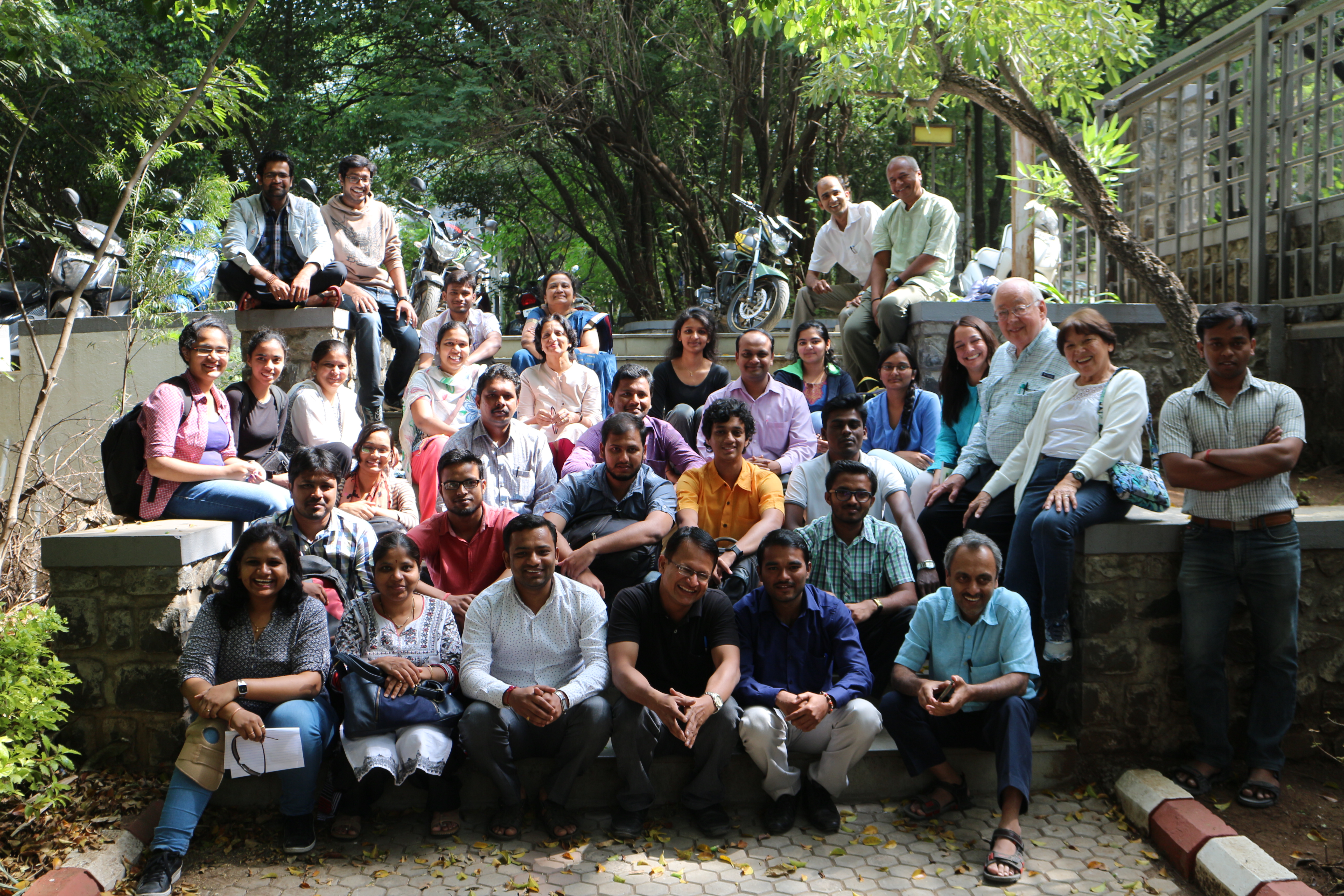Please log in as Guest to access this course.
Many failures of engineering structures result from fracture and fatigue problems. It is estimated that in
The USA more than 100 billion dollars are lost every year to fracture and fatigue problems. This number is
likely multiplied many times over on a worldwide scale. Since the development of quantitative approaches
to fracture and fatigue in the mid 1900’s, an estimated 50 percent of these failures could have been
prevented by the proper application of technology. Many industries fail to use these proven approaches
due to lack of knowledge or inadequate funding to implement the latest technology. Use of these
technologies can improve the design life of structures by an implementation of fail-safe, safe-life or
fracture-proof designs. It is important that engineers involved with structural design, material selection
and failure prevention and analysis have a working knowledge of fracture and fatigue fundamentals and
methods of failure prevention. This knowledge could come from a better understanding of fracture
mechanics and fatigue concepts and a knowledge of methods for applying these to engineering structures.
Since the development of fracture and fatigue concepts in the middle 1900’s, many test standards have
been developed and many methods for application of these techniques are available.
This proposed mini-course would present the basic concepts of engineering fracture mechanics and
fatigue. In addition test methods used for determining properties used in a fracture and fatigue and
fatigue analysis would be presented. Finally methods of applying the technology to the prevention of
fracture and fatigue failures will be presented. Some case studies showing how this technology has been
used in the past used would also be presented. The course would start with the traditional linear-elastic
approach to fracture mechanics. After the linear-elastic concepts are fully covered, the newer nonlinear
approaches to fracture mechanics would be covered.
The course is designed for students who have little or no knowledge of fracture and fatigue concepts.
However, the student should have a good background in basic stress analysis, engineering mathematics
and a working knowledge of engineering materials. The course would be suitable for advanced
undergraduate students, graduate students and engineers from industry. The course would involve some
student participation with workshop sessions for solving practical problems in fracture and fatigue. The
course will also provide an opportunity for students to bring to class problems for discussion.

Please log in as Guest to access this course.
The brain is perhaps the most fascinating of all organs in the human body, as it is the foundation of human
thought and behavior. Despite the explosion of brain research that has occurred over the past several
years, the brain remains mysterious with many unknowns. Throughout history the ability to study the brain
has been limited due to lack of technology. Over the past two decades however, a technique called
functional Magnetic Resonance Imaging (fMRI) has led to the ability to study a living brain non-invasively
and thus has become extremely popular among researchers. As fMRI requires some knowledge of physics,
neuroscience, psychology, and statistics, it is an area which typically requires interdisciplinary teams to
work together to fully understand the methods and to make proper inferences about the results.
Furthermore, while it has advanced our understanding of the brain, its limitations and potential methods to
overcome or minimize these limitations should also be considered. This course offers a detailed
introduction to fMRI, starting with an overview of neuroscience and neuroanatomy and advancing to the
functionality of the brain. Initially, a brief history of past and current techniques to study this functionality
will be described, leading into a detailed introduction to MRI and fMRI. The second half of the course
focuses on the theory and application of both MRI and fMRI. Principles of magnetic resonance and their
application to imaging are covered, as well as how MRI progressed from a measure of structure to a
measure of function. Practical applications, such as design of experiments, preprocessing, and analysis of
data as well as limitations of these methods are also covered. Finally, the course offers an overview of how
fMRI is used to study functional connectivity in the brain, and a brief introduction to diffusion tensor
imaging, which is applied to study white matter tracks in the brain, is given. The final two lectures will be
spent on current applications of fMRI to study cutting edge topics such as the processing of emotions,
learning and memory, fear learning and extinction, and the effects of sleep. The course is designed for
students with little or no background in neuroscience and imaging, although a basic background in biology
and physics is highly preferred. Thus, the course is suitable for undergraduate students, graduate students,
and other professionals with an interest in the brain.

